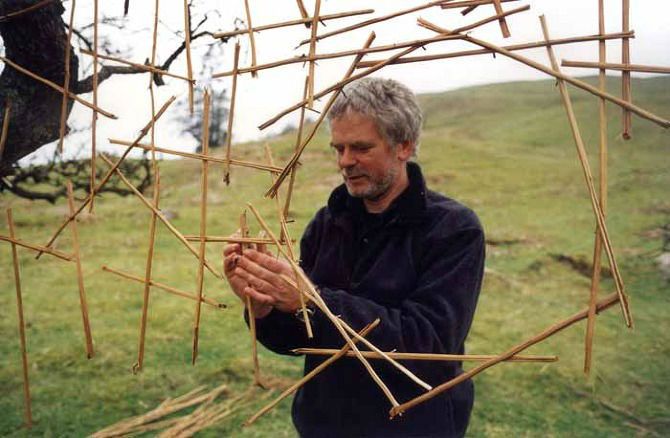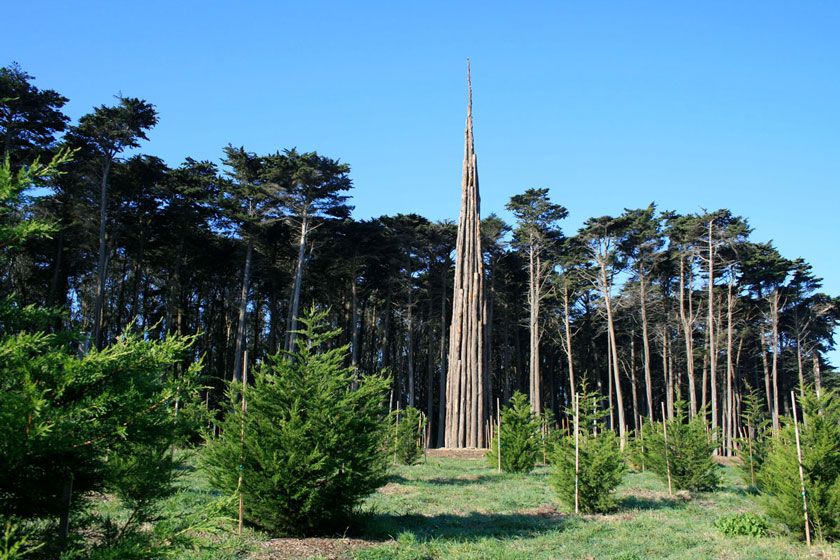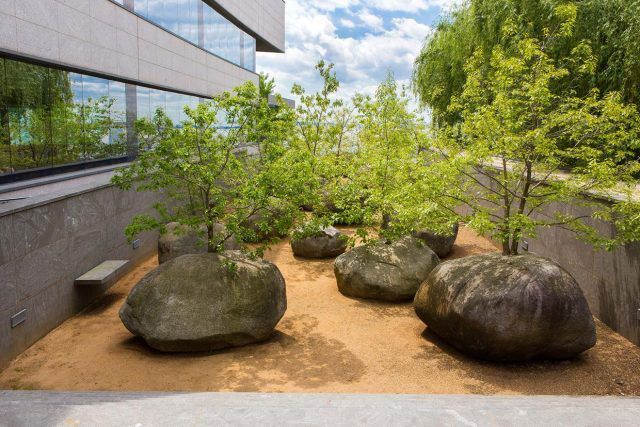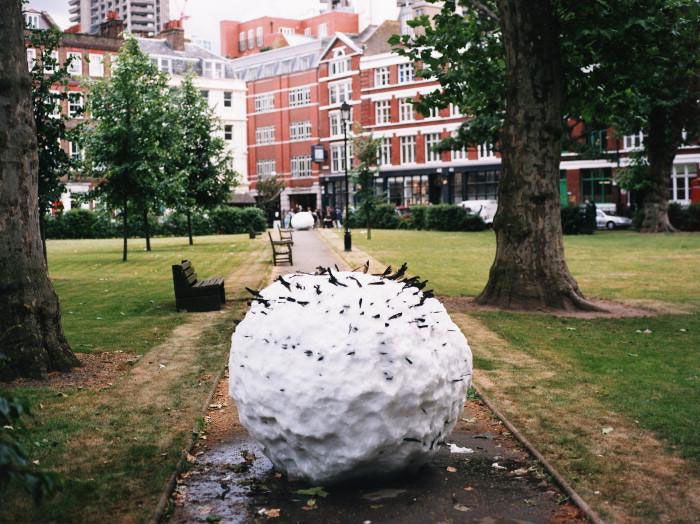It is often the case in modern society that we feel disconnected from our roots. The earth we walk on is taken for granted and we forget that we, as human beings, are part of the natural world. Artist, sculptor and environmentalist, Andy Goldsworthy, strives to represent the intimate relationship that exists between humanity and nature, and to remind his audience of the connection they have to the natural environment.

Andy Goldsworthy is known for his ephemeral works that are created using natural materials found on-site in the outdoor environments where he creates his art. Born in 1956 in Cheshire, England, and growing up in Yorkshire, the artist studied at the University of Central Lancashire where he discovered his interest in creating art in an outdoor space rather than in the studio. As stated by Britannica, “Some of his earliest works were rock sculptures at a beach near his art school.” To this day, Goldsworthy focuses on exploring the life cycles of the various materials and ecologies he works with.
Goldsworthy’s artistic process requires that he first attune to the environment he is working within. He observes, listens and feels the natural space surrounding him and finds ways to express and emphasize the natural beauty that the materials possess. Through this exploration of natural space, Goldworthy is able to experience and provide a deeper understanding of the connection between the Earth and human existence. Through his art, the audience can observe and share in the sense of birth, life and death, as the natural artwork guides the viewer along the triumphs, anticipation and curiosities of living matter. As stated by Goldworthy, “We often forget that WE ARE NATURE. Nature is not something separate from us. So when we say that we have lost our connection to nature, we’ve lost our connection to ourselves.”

Goldworthy’s permanent art installations include Spire (2008), a towering sculpture made from locally felled tree trunks and saplings, and Garden of Stones (2003) created as a Holocaust memorial for the Museum of Jewish Heritage in New York in which Goldsworthy planted dwarf oat tree saplings in 18 boulders. Both of these installations are examples of how the artist’s work supports the United Nations Sustainable Development Goal for Sustainable Cities and Communities as he uses natural materials and debris to make his sculptures, while also revealing the artistic beauty inherent in growing and planting new life.

Goldworthy’s work also highlights the United Nations Sustainable Develpment Goal for Climate Action, seen in his work Midsummer Snowballs (2000). In this installation, Goldsworthy created and relocated 13 massive snowballs from the countryside in Scotland to the London streets in June. In each snowball, the artist added what he called hidden treasures, which consisted of things such as twigs, chalk and stones to remind the urbanite audience of country life. The intention of the project was to give Londoners an experience of snow in summer and artistically demonstrate the transformation of snow when exposed to heat. Goldworthy is known for using temperature as a transformative expression, which brings to his audience’s attention the effects of climate change on natural elements.

Andy Goldworthy creates sustainable and innovative sculptures that bring to his audience a reminder of the pure and unadorned beauty of natural transformation. The artist’s unique art style of working telepathically with natural elements poetically reveals the power of nature, humanity’s deep connection to it and the remarkable beauty that comes from it.
For more resources on climate change advocacy The UNEP (United Nations Environmental Program) explores the state of the climate and provides strategies to tackle climate emergency.
